BACK TO finalistS
Finalist: Interior Design
PETTAH LINK - CITY IN HARMONY, SPIRIT CELEBRATED
PETTAH LINK – City in harmony, Spirit celebratedConvergence – A glocal design solution Cities are living ecosystems, shaped by the interplay of people, environment, and economy. These layers collectively define the identity of a city: its streets, its rhythms, its soul. Yet, in today’s context, this delicate balance is unraveling. Modern development, often driven by […]
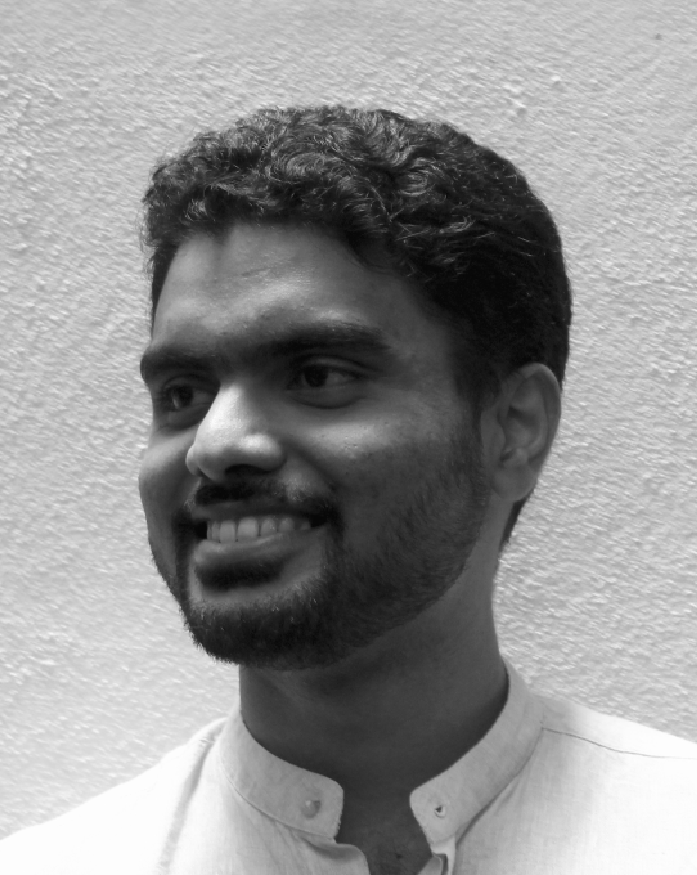
PETTAH LINK – City in harmony, Spirit celebrated
Convergence – A glocal design solution
Cities are living ecosystems, shaped by the interplay of people, environment, and economy. These layers collectively define the identity of a city: its streets, its rhythms, its soul. Yet, in today’s context, this delicate balance is unraveling. Modern development, often driven by economic imperatives, tends to prioritize the privileged while systematically displacing marginalized communities. Across the globe, we see a troubling trend where design no longer serves as an invitation for all, but as a tool of exclusion. Development should not mean erasure. It should mean evolution, rooted in respect, equity, and inclusion.
The Context: Pettah as Colombo’s Microcosm
Pettah, at the heart of Colombo, is a microcosm of the city's vibrancy. A convergence of commerce, culture, and community, Pettah is home to one of Sri Lanka’s busiest market networks, bordering the historic Beira Lake, and serviced by centralized transit systems that bring in over 800,000 people each day. These commuters, vendors, and laborers are the lifeblood of the city, representing over 20 cultures and faiths.
But this rich urban mosaic is under threat. The forces of rapid urbanization have fractured Pettah’s social and spatial fabric. In the name of modernization, over 1,500 workers and 200 street vendors have been displaced. New infrastructure slices through established communities. The lakefront is being gentrified, and Pettah’s street-level spirit is at risk of vanishing. We are losing the people, the stories, and the cultural pulse that have long defined Pettah’s identity.
This is the challenge we, as designers, must confront. The solution must begin locally, drawn from the very place it seeks to serve. But it must also carry the capacity to inform global urban practices, a glocal solution. That is where Pettah Link begins.
Pettah Link
Pettah Link is a vision for inclusive growth – A space for everyone. A space where progress does not mean pushing people out — but bringing people in. Where the old and the new, the formal and informal, are not seen as incompatible — but as vital layers of one shared city.
At its core, Pettah Link is anchored in three key social pillars:
Together, these principles aim to celebrate, not sanitize, the spirit that defines Pettah.
Reclaiming a long neglected piece of land between the bustling market and the gentrifying lakefront, Pettah Link transforms a line of exclusion into a space of gathering. From void to pulse, it becomes a place of dignity, exchange, and shared ownership.
The design draws inspiration directly from the city. It captures the “theatre of Pettah”, the everyday choreography of street vendors, conversations, rituals, and rhythms. These patterns are translated into spatial narratives that feel familiar. The design does not impose; it invites. It offers layered spaces where all social groups can find belonging, while staying connected through a neutral, celebratory ground. This space is not static, it is alive. It adapts with the seasons, shifts with use, and invites people to co-create its form and meaning. In this way, the people shape the space, and the space shapes them in return. A response that evolves with time, place, and community.
By connecting people across social and economic divides, the project becomes more than a design intervention, it becomes a catalyst for belonging. It fulfills the three principles of integration, inclusion, and assimilation, while rooting itself in local ecology through sustainable innovation. Sustainability here is not only environmental, it is a holistic framework balancing ecological, economic, and social needs. This space reclaims inclusivity in a city increasingly shaped by gentrification, where polished facades replace people and culture is curated for the privileged. By honoring everyday cultural practices, people begin to see themselves in the space and in each other. We move beyond coexistence when we celebrate what is already shared: food, music, and rituals. We enable co-creation. In such spaces, barriers soften, voices rise, and identity is not erased; it is uplifted.
The impact goes beyond the site, it flows into the city. Secondary structures like the Transit Zone, Green Tower, and Market Hall extend the project’s values through commercial, infrastructural, and ecological functions. Together, they amplify the spirit of Pettah Link across the city fabric.
Pettah Link is more than a space, it’s a social framework that listens, adapts, and heals. Its impact extends beyond its boundaries. When one neighborhood embraces inclusion, others follow. District by district, it becomes not a model to replicate, but a possibility to inspire, a local solution with global resonance.
Pettah Link reminds us that as designers, we shape more than structures — we shape futures. And this future must include everyone.

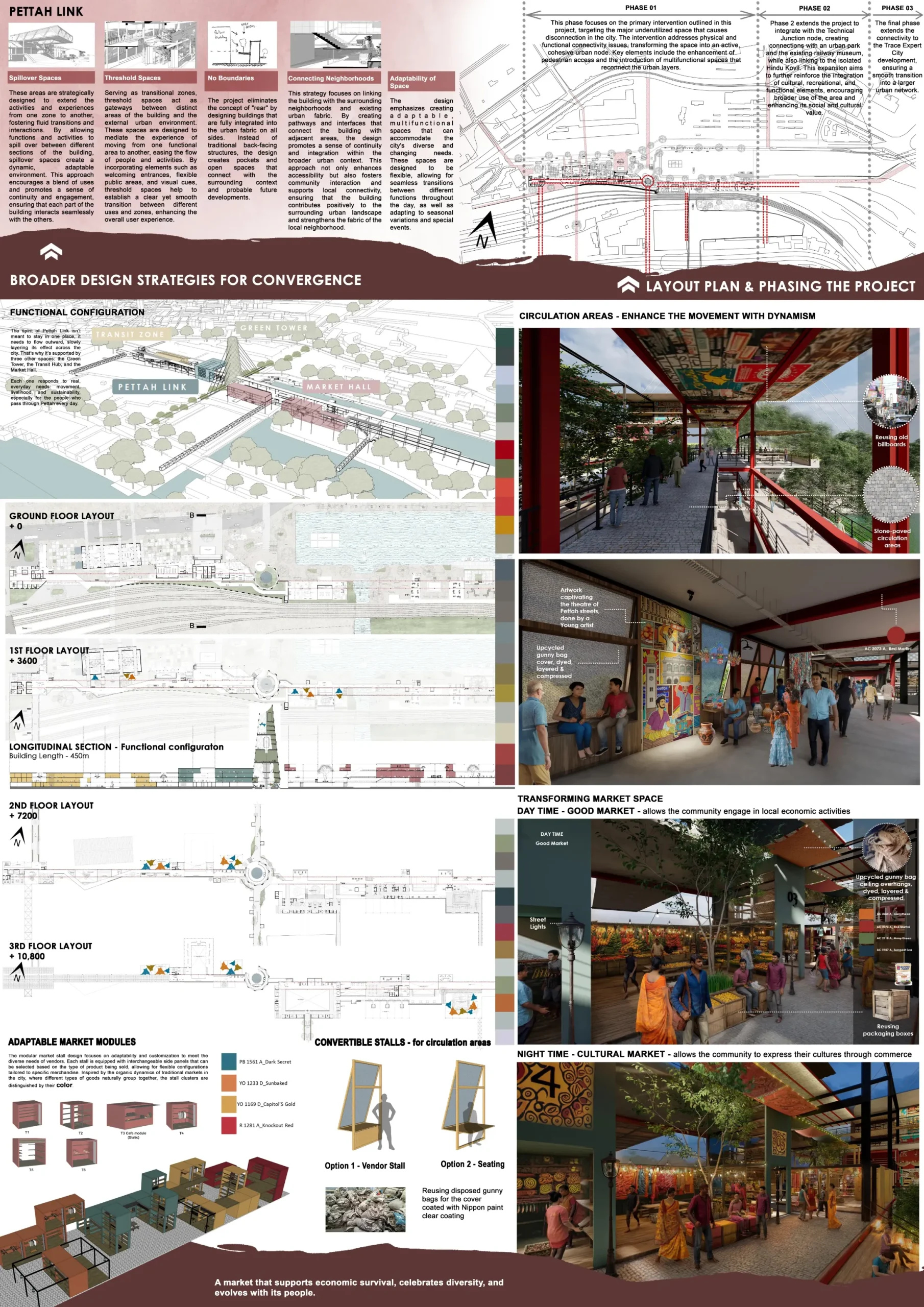
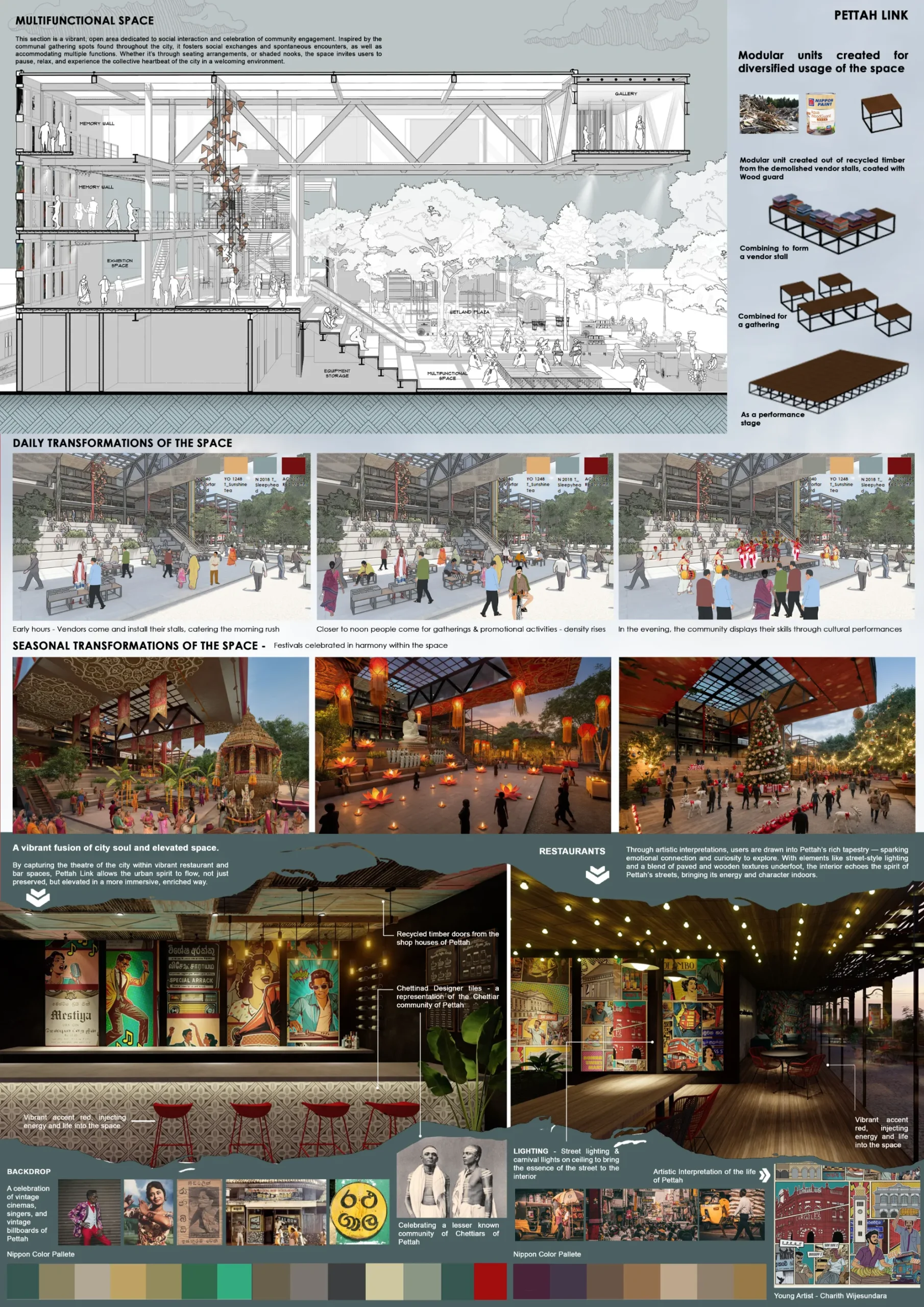
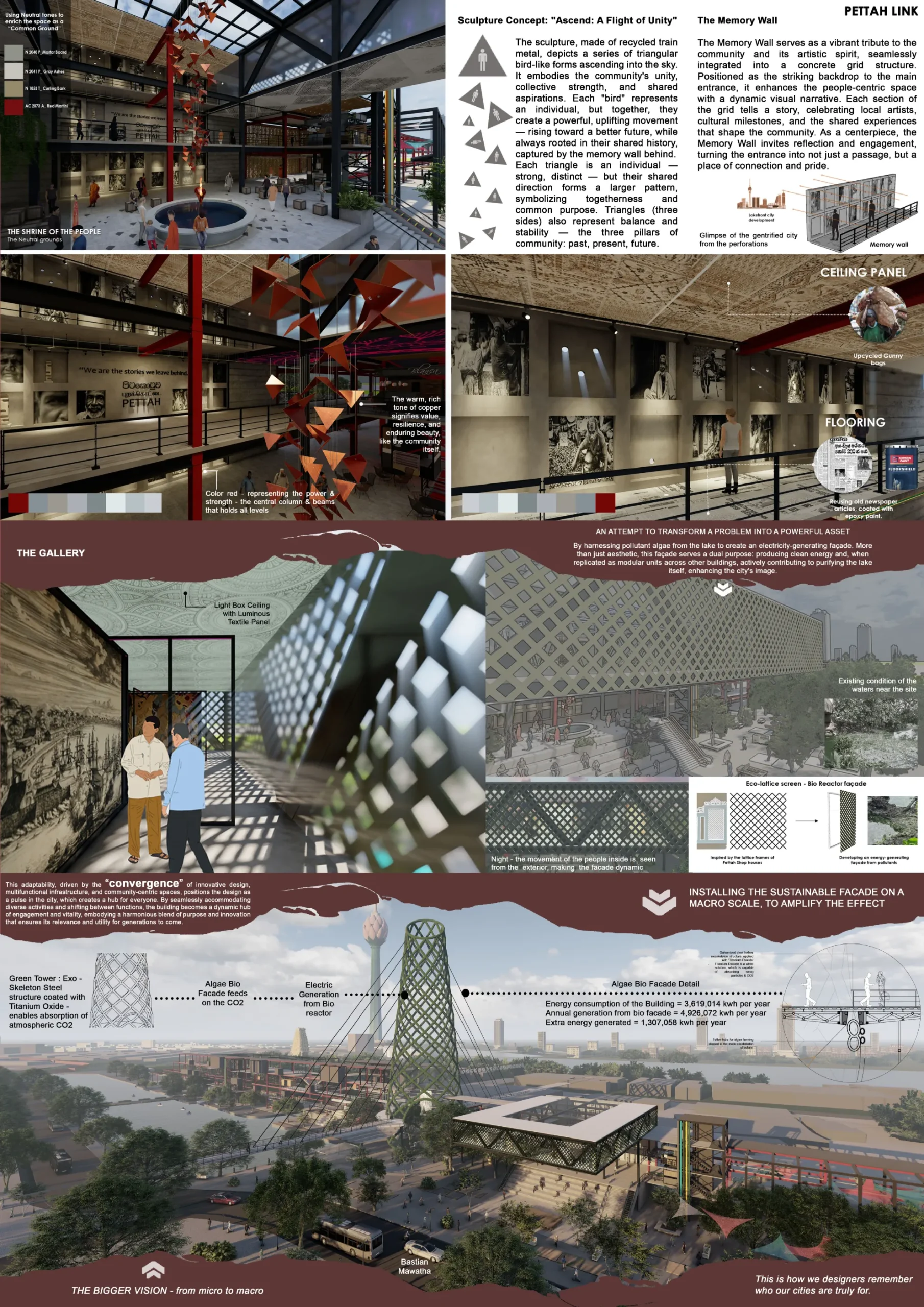
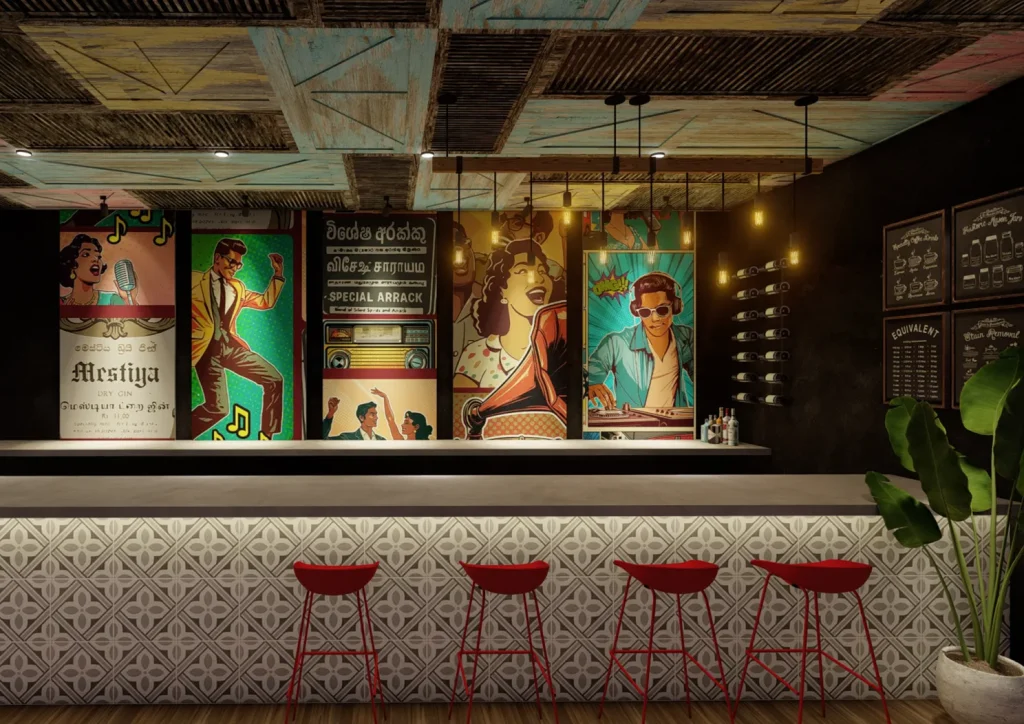
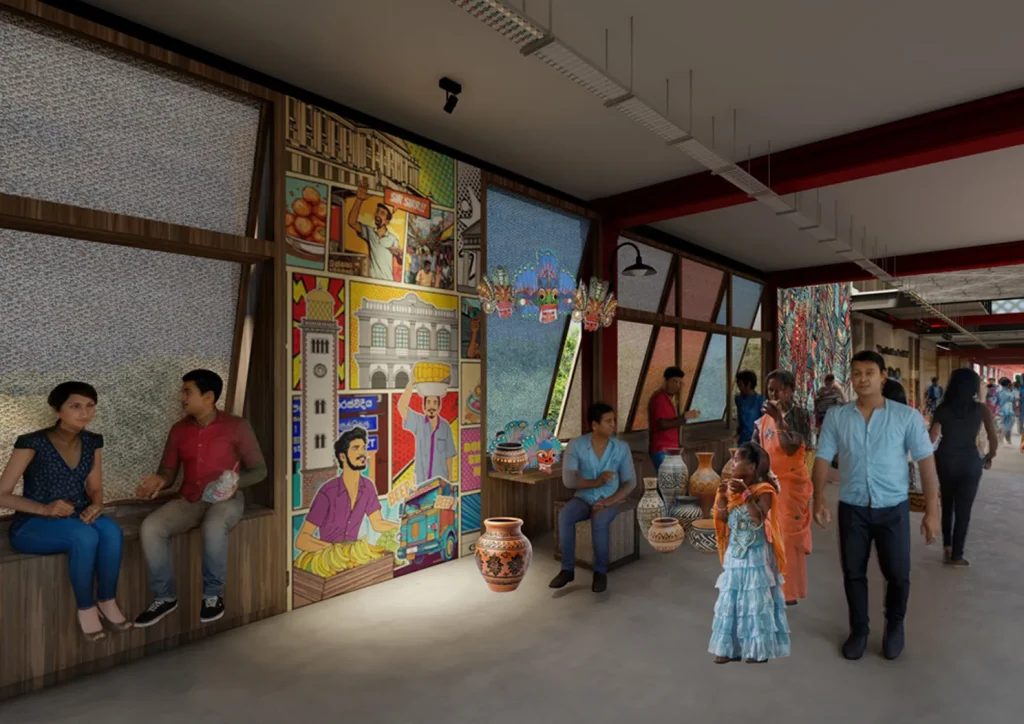
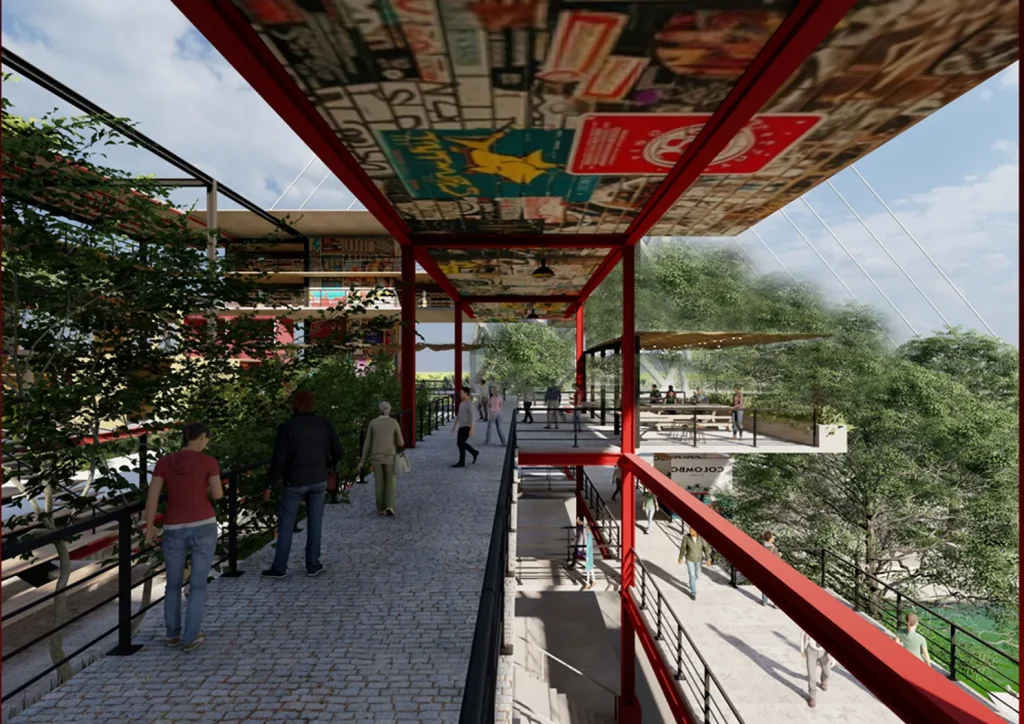
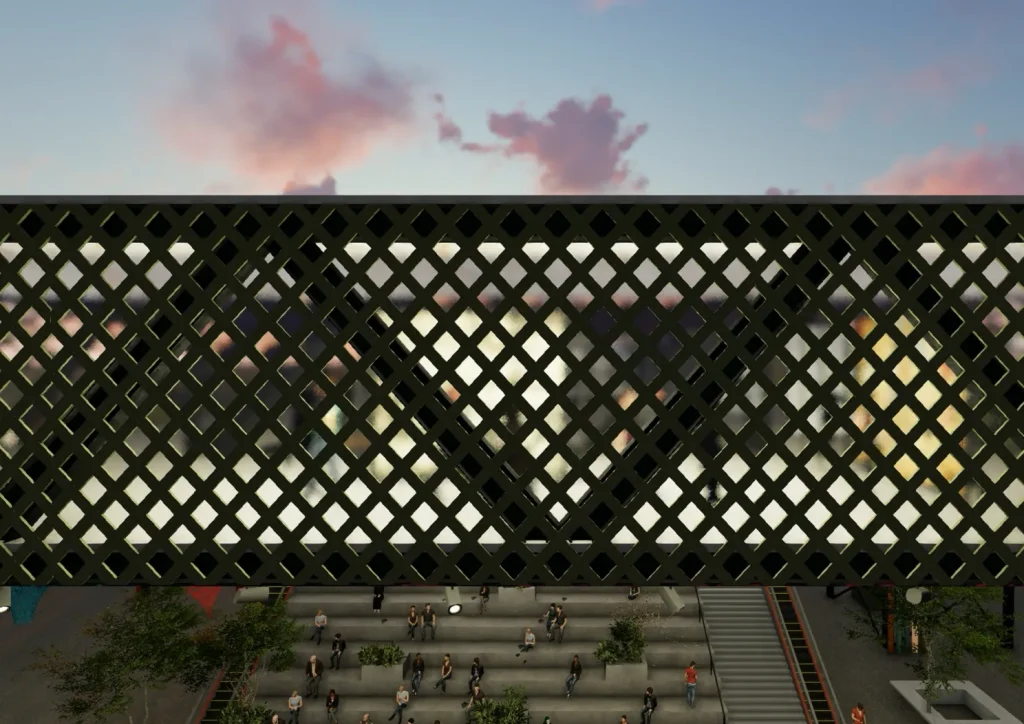
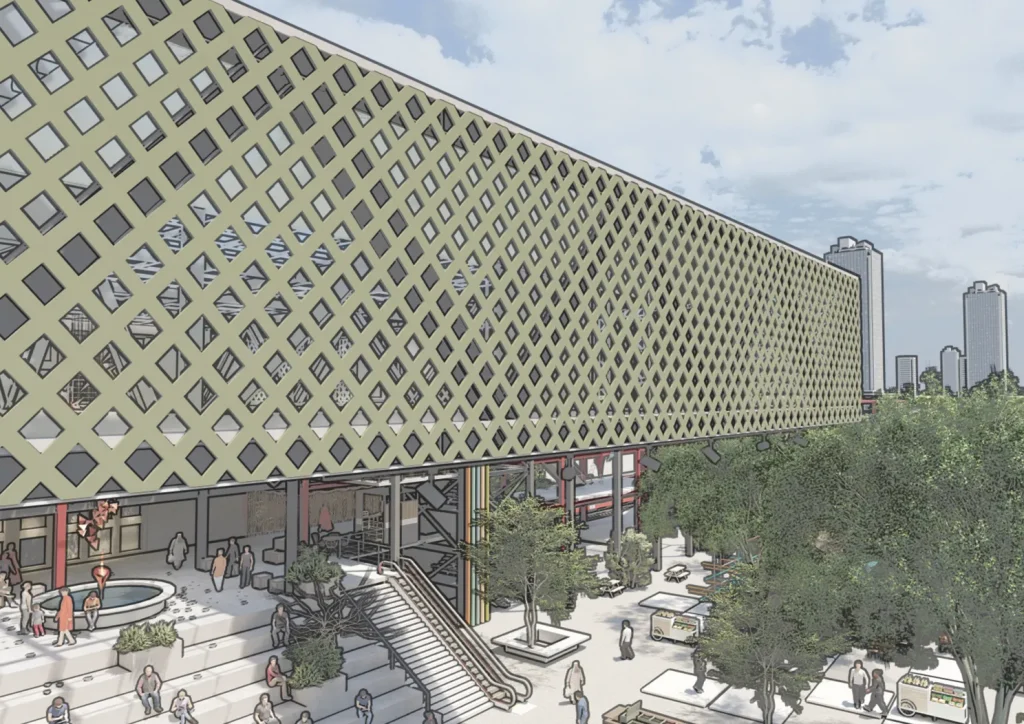
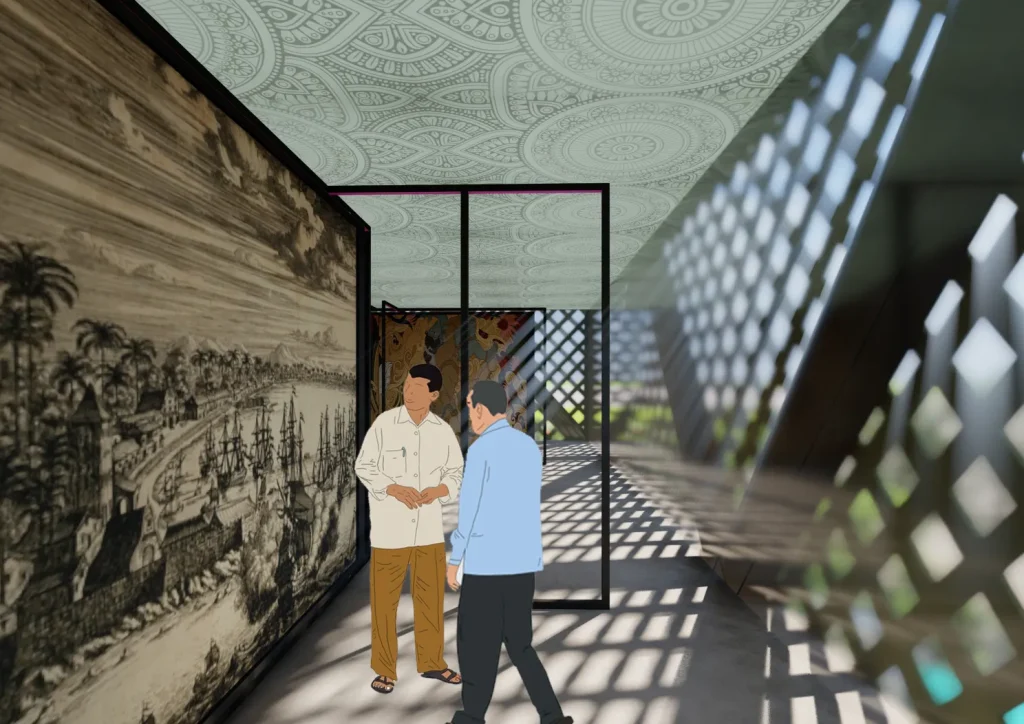
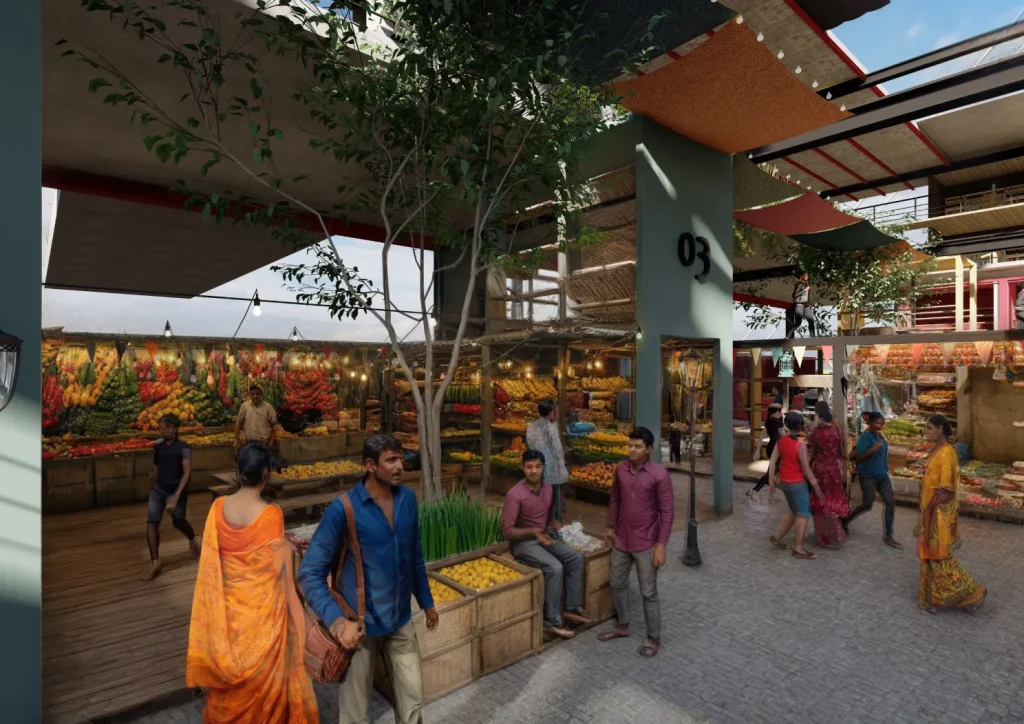
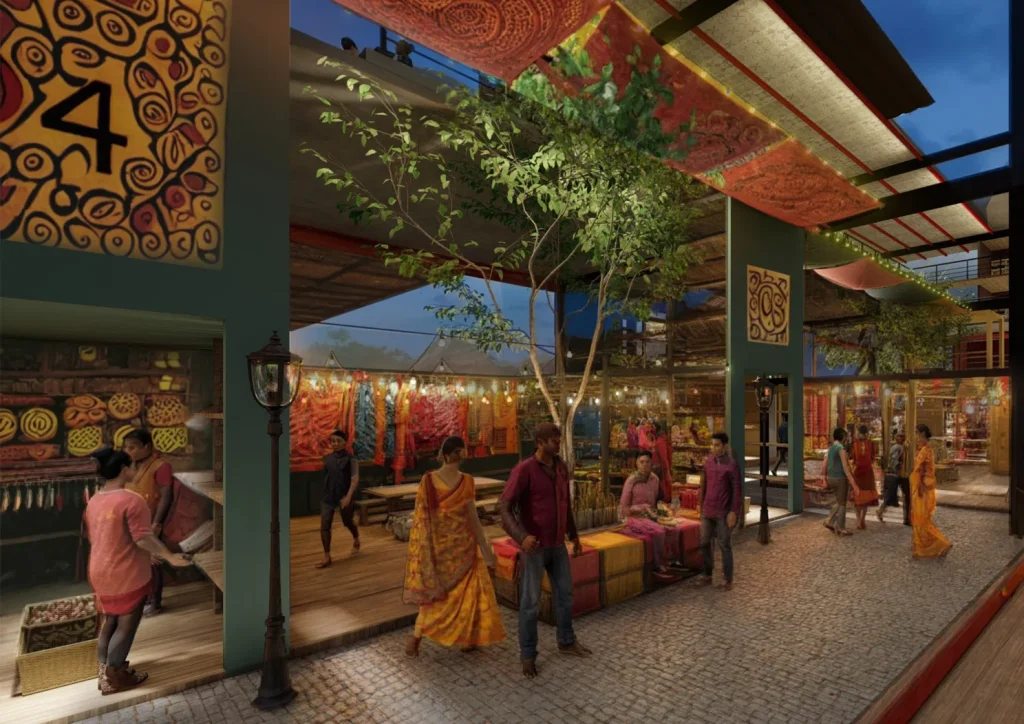
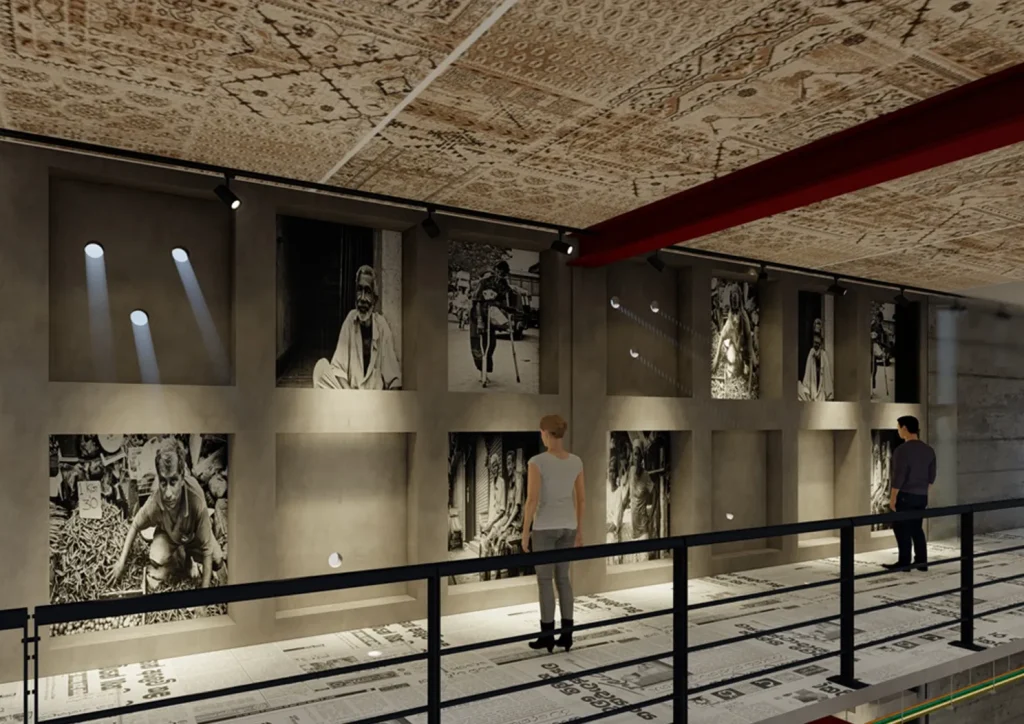
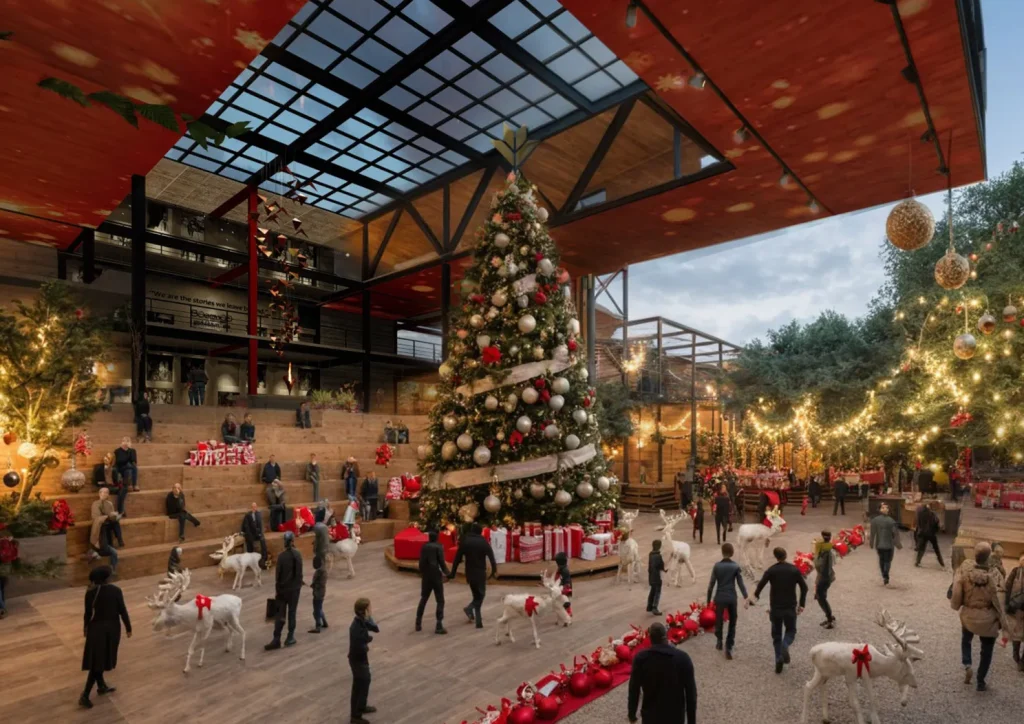
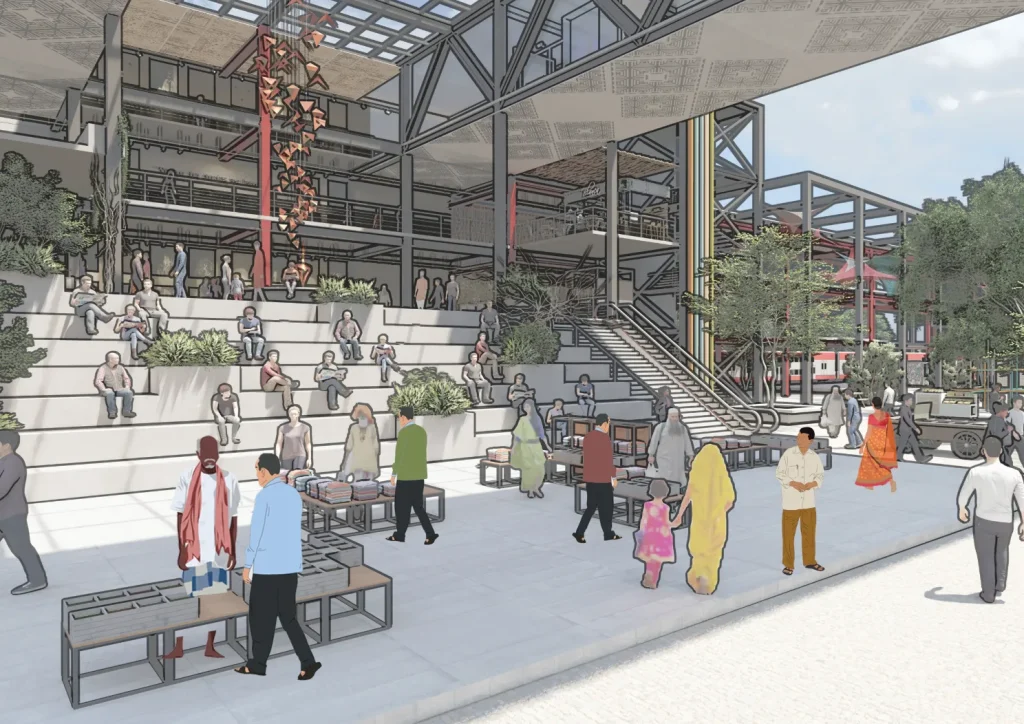
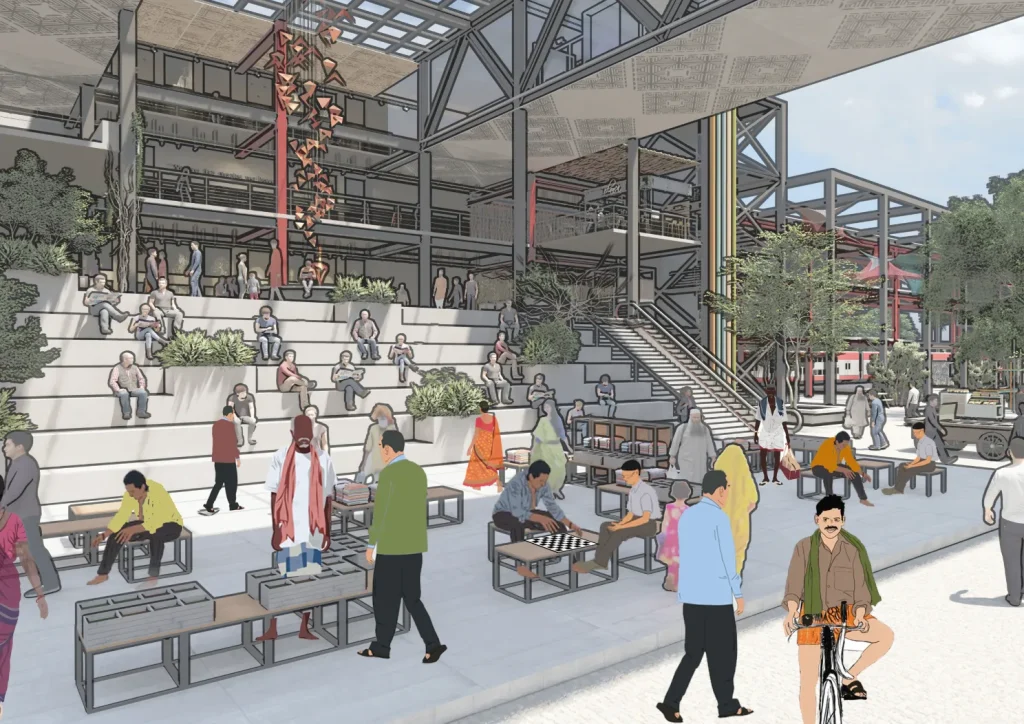
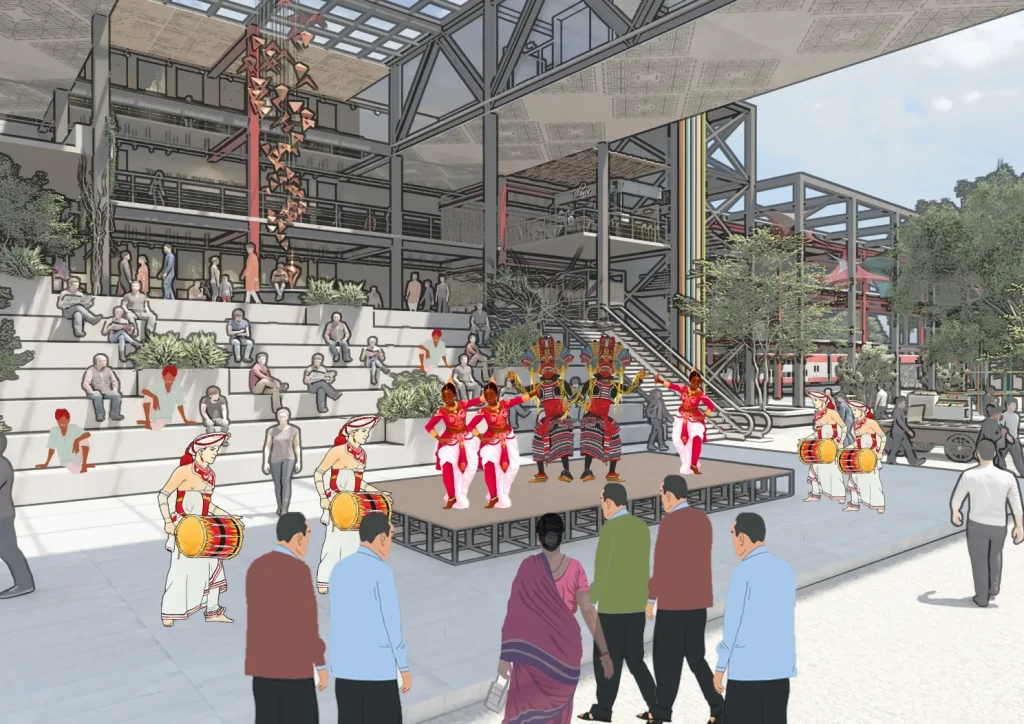
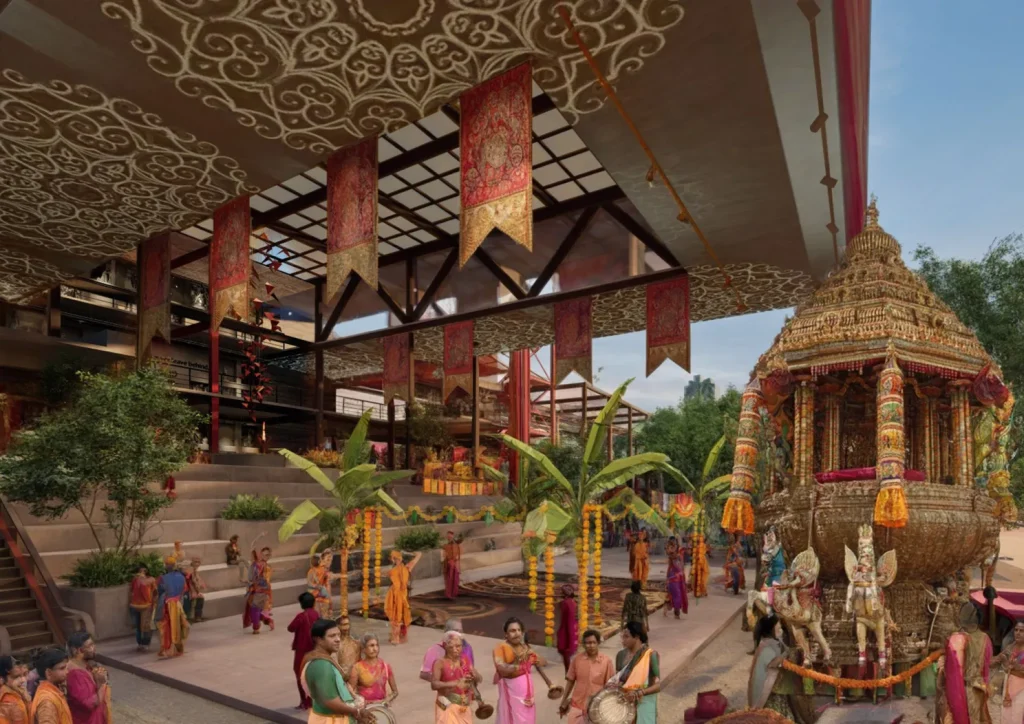
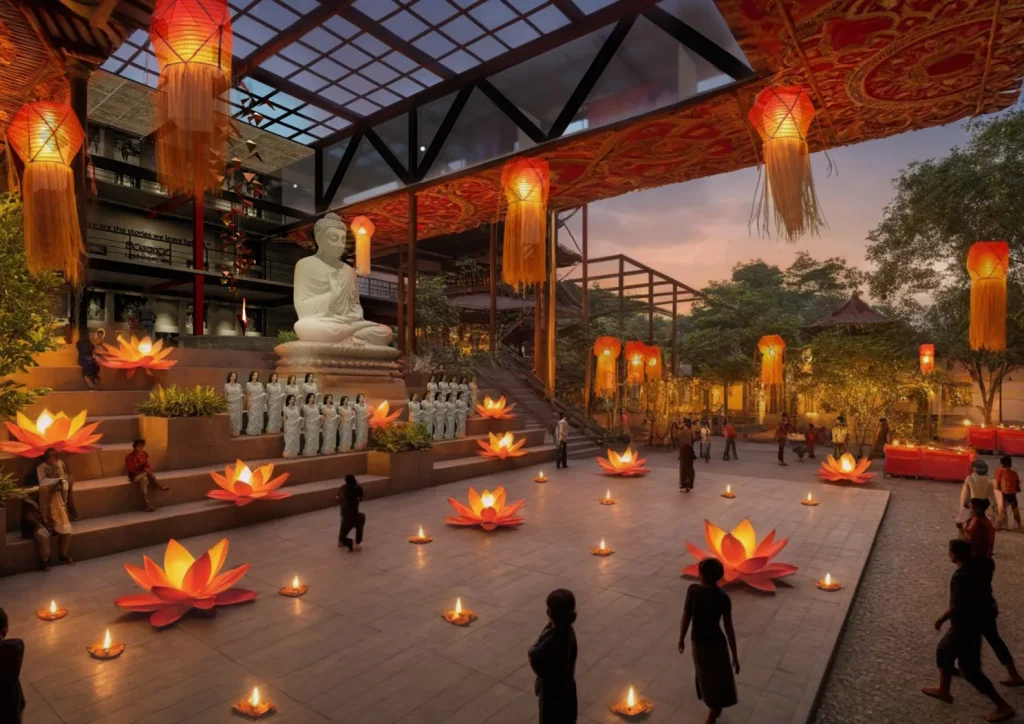
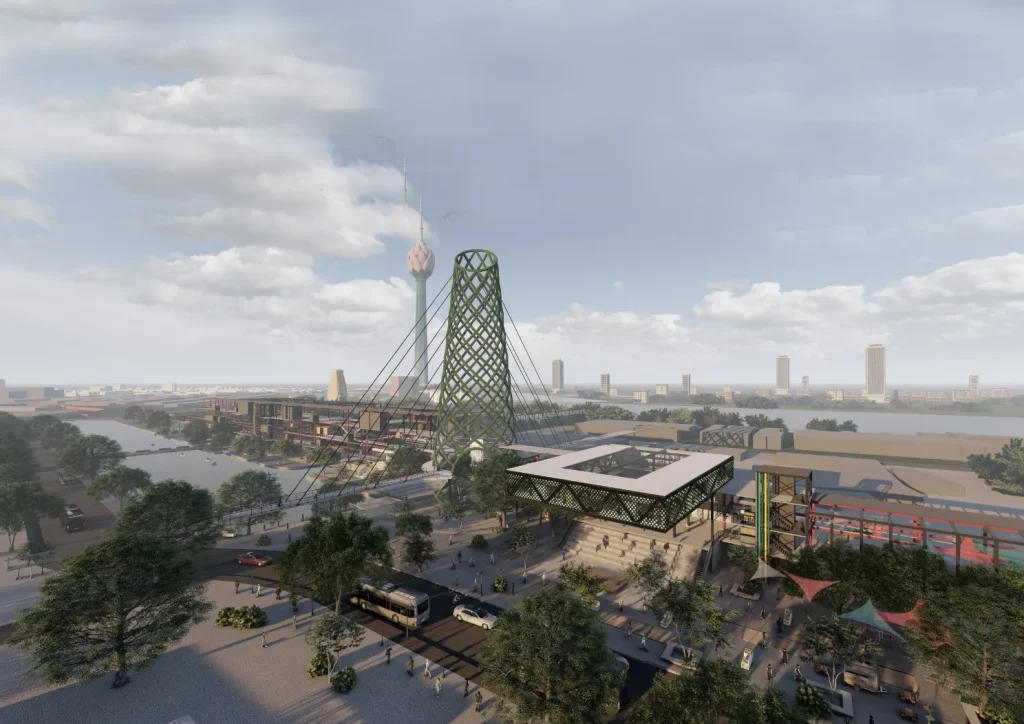
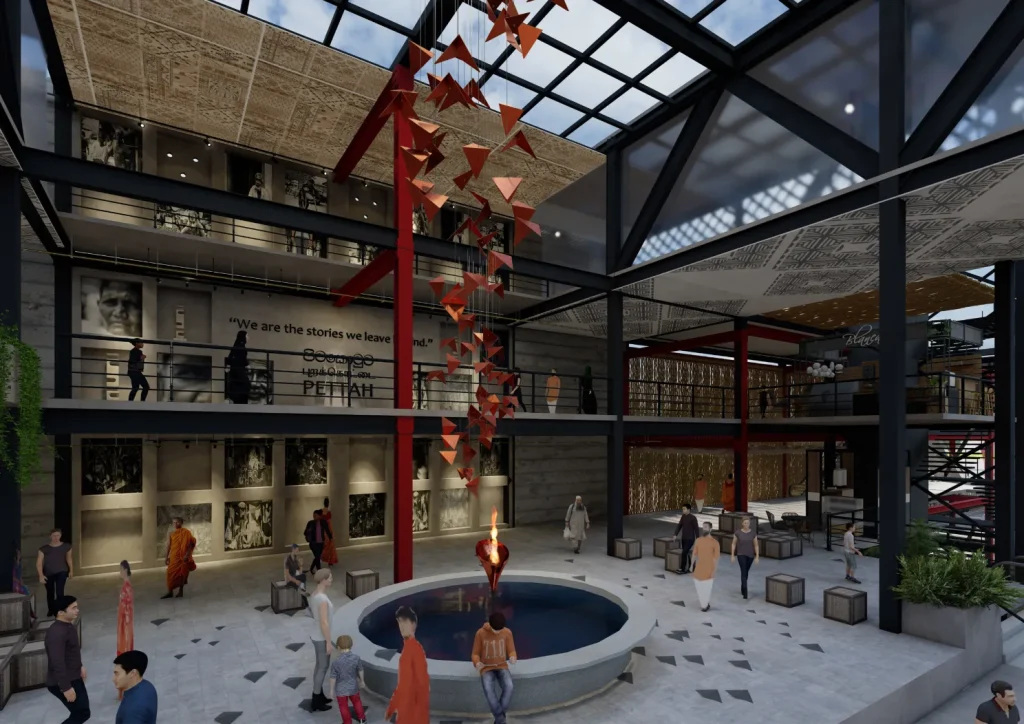
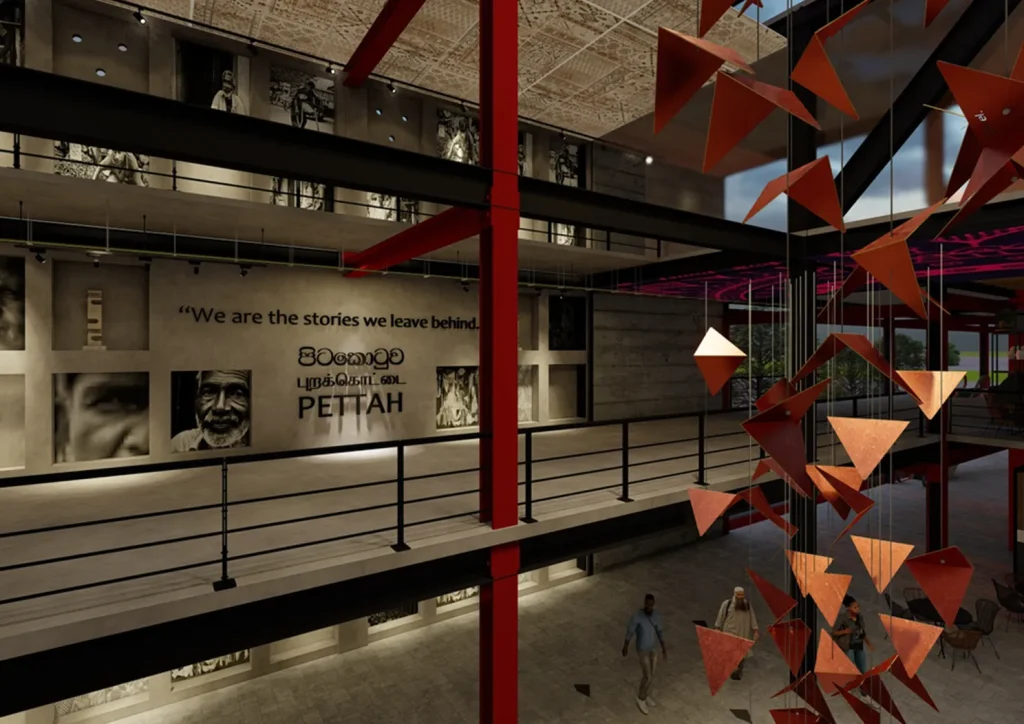
Showcase your design to an international audience
SUBMIT NOW
Image: Agrapolis Urban Permaculture Farm by David Johanes Palar
Top
PETTAH LINK – City in harmony, Spirit celebrated Cities are living ecosystems, shaped by the interplay of people, environment, and economy. These layers collectively define the identity of a city: its streets, its rhythms, its soul. Yet, in today’s context, this delicate balance is unraveling. Modern development, often driven by economic imperatives, tends to prioritize the privileged while systematically displacing marginalized communities. Across the globe, we see a troubling trend where design no longer serves as an invitation for all, but as a tool of exclusion. Development should not mean erasure. It should mean evolution, rooted in respect, equity, and inclusion. The Context: Pettah as Colombo’s Microcosm Pettah Link Together, these principles aim to celebrate, not sanitize, the spirit that defines Pettah. The design draws inspiration directly from the city. It captures the “theatre of Pettah”, the everyday choreography of street vendors, conversations, rituals, and rhythms. These patterns are translated into spatial narratives that feel familiar. The design does not impose; it invites. It offers layered spaces where all social groups can find belonging, while staying connected through a neutral, celebratory ground. This space is not static, it is alive. It adapts with the seasons, shifts with use, and invites people to co-create its form and meaning. In this way, the people shape the space, and the space shapes them in return. A response that evolves with time, place, and community.
Convergence – A glocal design solution
Pettah, at the heart of Colombo, is a microcosm of the city's vibrancy. A convergence of commerce, culture, and community, Pettah is home to one of Sri Lanka’s busiest market networks, bordering the historic Beira Lake, and serviced by centralized transit systems that bring in over 800,000 people each day. These commuters, vendors, and laborers are the lifeblood of the city, representing over 20 cultures and faiths.
But this rich urban mosaic is under threat. The forces of rapid urbanization have fractured Pettah’s social and spatial fabric. In the name of modernization, over 1,500 workers and 200 street vendors have been displaced. New infrastructure slices through established communities. The lakefront is being gentrified, and Pettah’s street-level spirit is at risk of vanishing. We are losing the people, the stories, and the cultural pulse that have long defined Pettah’s identity.
This is the challenge we, as designers, must confront. The solution must begin locally, drawn from the very place it seeks to serve. But it must also carry the capacity to inform global urban practices, a glocal solution. That is where Pettah Link begins.
Pettah Link is a vision for inclusive growth – A space for everyone. A space where progress does not mean pushing people out — but bringing people in. Where the old and the new, the formal and informal, are not seen as incompatible — but as vital layers of one shared city.
At its core, Pettah Link is anchored in three key social pillars:
Reclaiming a long neglected piece of land between the bustling market and the gentrifying lakefront, Pettah Link transforms a line of exclusion into a space of gathering. From void to pulse, it becomes a place of dignity, exchange, and shared ownership.
By connecting people across social and economic divides, the project becomes more than a design intervention, it becomes a catalyst for belonging. It fulfills the three principles of integration, inclusion, and assimilation, while rooting itself in local ecology through sustainable innovation. Sustainability here is not only environmental, it is a holistic framework balancing ecological, economic, and social needs. This space reclaims inclusivity in a city increasingly shaped by gentrification, where polished facades replace people and culture is curated for the privileged. By honoring everyday cultural practices, people begin to see themselves in the space and in each other. We move beyond coexistence when we celebrate what is already shared: food, music, and rituals. We enable co-creation. In such spaces, barriers soften, voices rise, and identity is not erased; it is uplifted.
The impact goes beyond the site, it flows into the city. Secondary structures like the Transit Zone, Green Tower, and Market Hall extend the project’s values through commercial, infrastructural, and ecological functions. Together, they amplify the spirit of Pettah Link across the city fabric.
Pettah Link is more than a space, it’s a social framework that listens, adapts, and heals. Its impact extends beyond its boundaries. When one neighborhood embraces inclusion, others follow. District by district, it becomes not a model to replicate, but a possibility to inspire, a local solution with global resonance.
Pettah Link reminds us that as designers, we shape more than structures — we shape futures. And this future must include everyone.





















